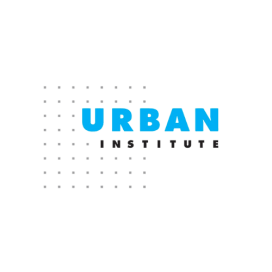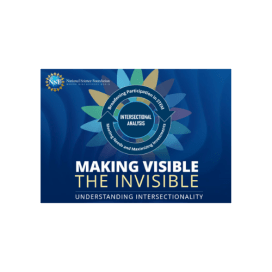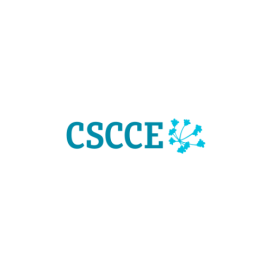Featured News from the Field
We are excited to share the blogs, reports, and other news from the Informal STEM Education community! Older items can be found in our archive.

The State of Girls in STEM: A Conversation to Plan Action
The National Girls Collaborative Project (NGCP) held a national convening on Tuesday, September 26, 2023, at the New America offices in Washington, DC, to bring together thought leaders for a candid conversation on the persistent issues facing girls and women in STEM. NGCP has produced a report containing five recommendations for action.

Want to Teach Diversity and Inclusion? Go Outside!
If you want to illustrate the importance of community and belonging, the best example might be nature. Here's how outdoor education can merge with DEAI to powerful results.

Do No Harm Guide: Crafting Equitable Data Narratives
This sixth guide of the Urban Institute’s Do No Harm project explores the concept of crafting equitable data narratives. What does equity mean? Who does equity include? What methods do we use to ensure equity in data work? How do we present the data in a way that show the humanity they represent? Their goal with this guide is to expand the boundaries of what we consider equitable data. Data practitioners often frame their work as definitive: if the data say so, it must be true. But so many assumptions and decisions shape every part of the data collection, analysis, and communication process, leaving some people lumped together and others left out entirely. Interrogating this framing at every point in the process is crucial to promoting data equity.

The modern science festival movement has grown significantly since the Edinburgh International Science Festival launched in 1989. Hundreds of science festivals now occur annually and vary widely. This article examines how the term “science festival” is used within research and practice. We find that most research articles fail to describe the science festivals they study. A subsequent analysis of festival websites and other publicly available information confirms the wide variability of science festival formats, which suggests the need for descriptive information about science festivals in scholarly work.

A Tool for Transparency, Accountability, and Change
Outwardly, museums often celebrate risk-taking and experimentation, but inwardly can be a different story, especially when it comes to DEAI work. How can we overcome this tendency and embrace big shifts, owning mistakes along the way?
Making Visible the Invisible – Understanding Intersectionality

In this report, The Committee on Equal Opportunities in Science and Engineering (CEOSE) illuminates the dynamics of intersectionality in the STEM enterprise and how more information about intersectional identities is needed to remove barriers to participation in STEM. CEOSE hopes this report will encourage others to participate in conversations about their differences in experiences with people who have different overlapping identities and start to analyze ways to make improved opportunities for students, personnel and fellow colleagues in safe and inclusive environments where diverse STEM talent is an asset.

12 guiding questions to improve the accessibility of your next virtual event
The COVID-19 pandemic transformed virtual events. Connecting online suddenly became the only way to convene groups large and small, for short meetings or multi-day conferences, and community managers often found themselves developing new meeting formats or learning to use new platforms and tools. Learn from the Center for Scientific Collaboration and Community Engagement about the guiding questions to help you think about how to improve the accessibility of your community events.